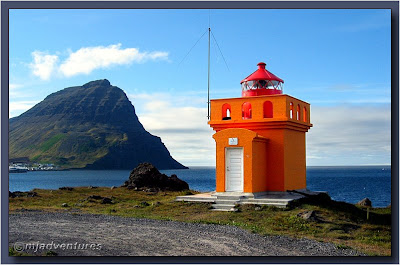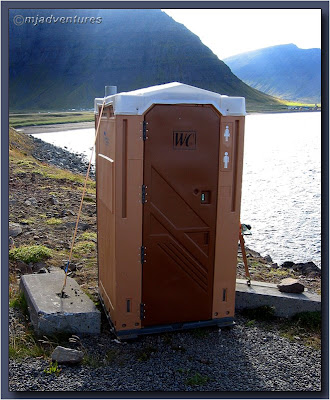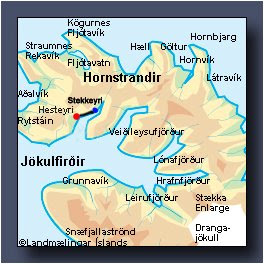Click on the images to enlarge

In this summary post you'll find links to accounts of our experiences in Iceland over 2 weeks at the beginning of August 2008.

The first chapter is scene-setting, with the posts after that getting pictorially more interesting as I start to write about some of the sights that we saw and the things that we did.

We started off in Reykjavik where we spent 4 days visiting places including the Blue Lagoon, Strokkur Geyser, several waterfalls and a glacier, Vik and Þingvellir (Thingvellir).
We then flew up to the West Fjörds, landing in Ísafjörður (Isafjorthur), overnighting in Bolungarvik and then over to the most remote part of Iceland to a place called Hesteyri for 8 days of superb hiking and sight-seeing.
The images get more interesting as we go along, as the West Fjörds were truly beautiful.
 Posts are as follows:
Posts are as follows:Written while in Iceland
~ Eating Puffins
~ Ambitions
~ So What?
Written after returning to Berlin - the full story!
~ Chapter 01: Getting to Reykjavik
~ Chapter 02: Rekjavik and the Blue Lagoon
~ Chapter 03: Renting a Car
~ Chapter 04: Strokkur Geyser
~ Chapter 05: Gullfoss
~ Chapter 06: Þingvellir National Park
~ Chapter 07: Seljalandsfoss
~ Chapter 08: Skógafoss, Mýrdalsjökull and Vik
~ Chapter 09: Leaving Reykjavik for Ísafjörður
~ Chapter 10: QE2 and Bolungarvik
~ Chapter 11: Preparing for Hesteyri and the ferry ride
~ Chapter 12: Hesteyri History
~ Chapter 13: Our first hike
~ Chapter 14: Our Private Cod War
~ Chapter 15: Some Icelandic Flora
~ Chapter 16: A Walk along Hesteyrarfjörður
~ Chapter 17: Vistas and Moods of Hesteyrarfjörður
~ Chapter 18: Our second hike
~ Chapter 19: Four Hesteyri Summer Residents
~ Chapter 20: Visiting the old whaling station at Stekkeyri
~ Chapter 21: Goodbye to Hesteyri and a night in Bolungarvik
~ Chapter 22: Ísafjörður and walking back to Bolungarvik
~ Chapter 23: Goodbye to Iceland
Enjoy!
If you're thinking about visiting Iceland and want to contact us for information, you can do so through the "Email us!" link in this blog's side column.














































